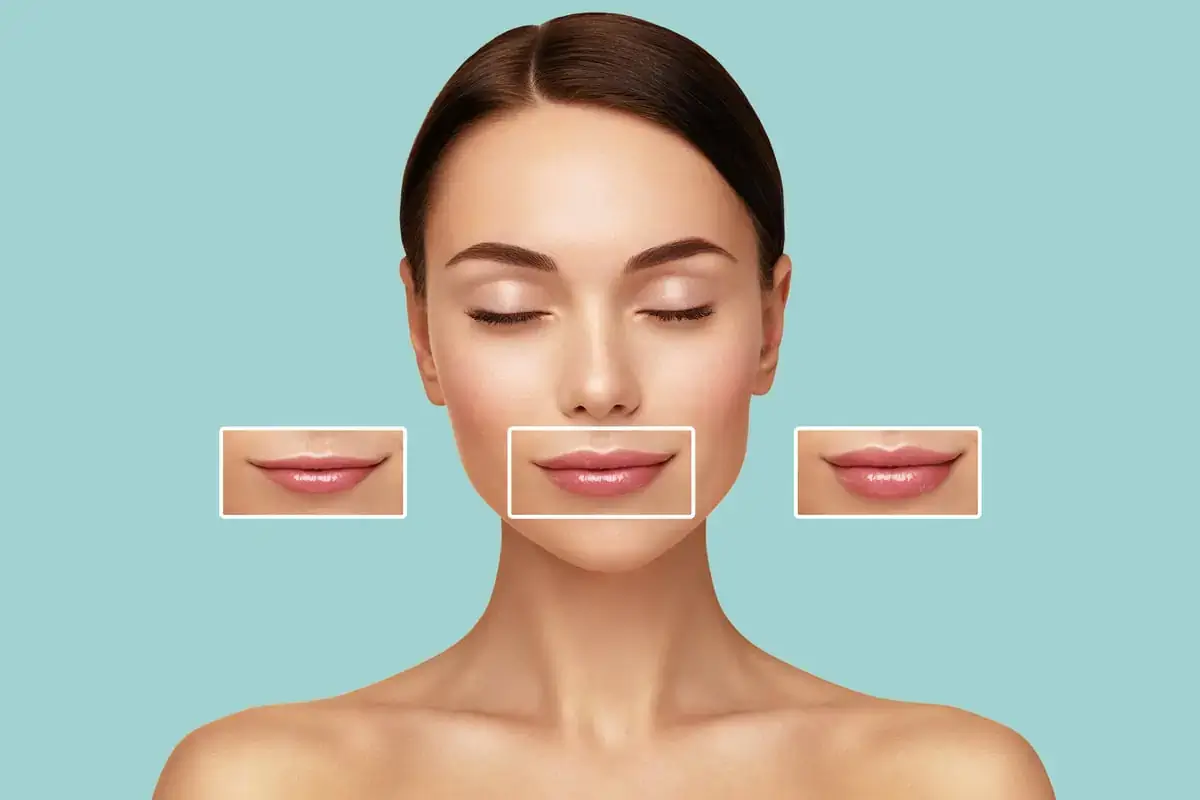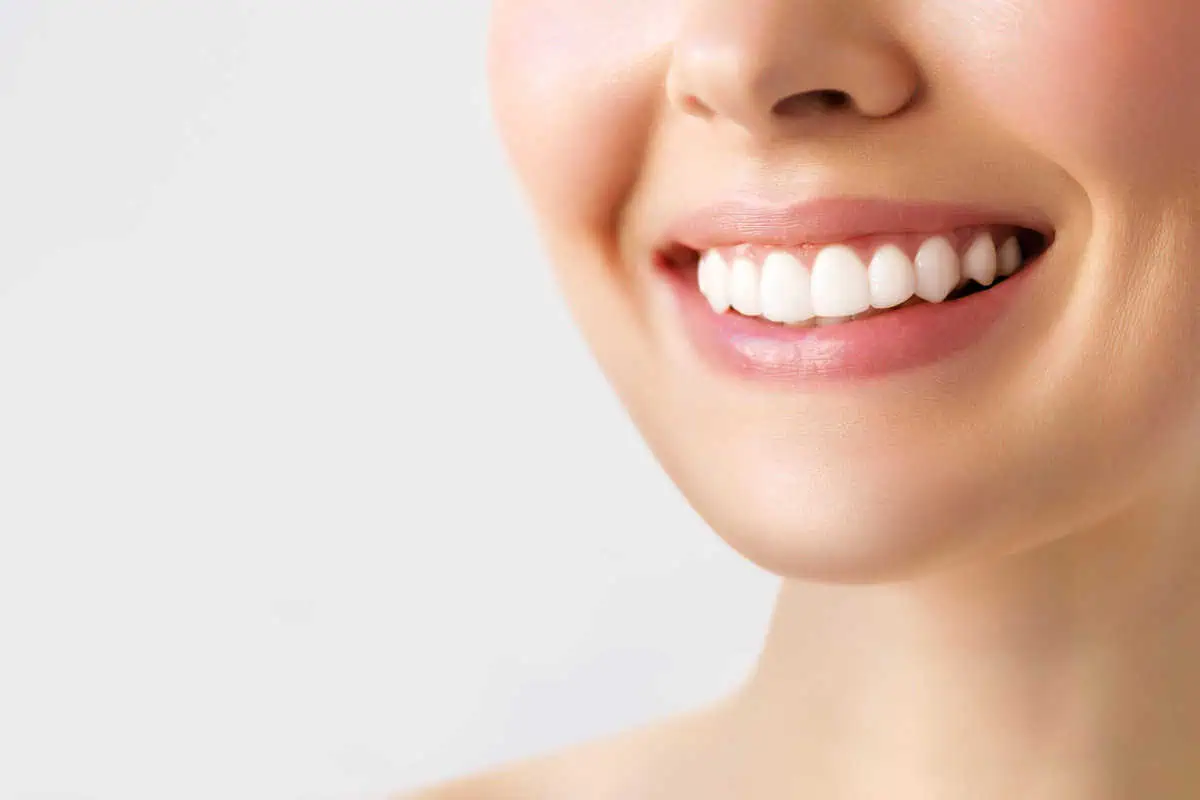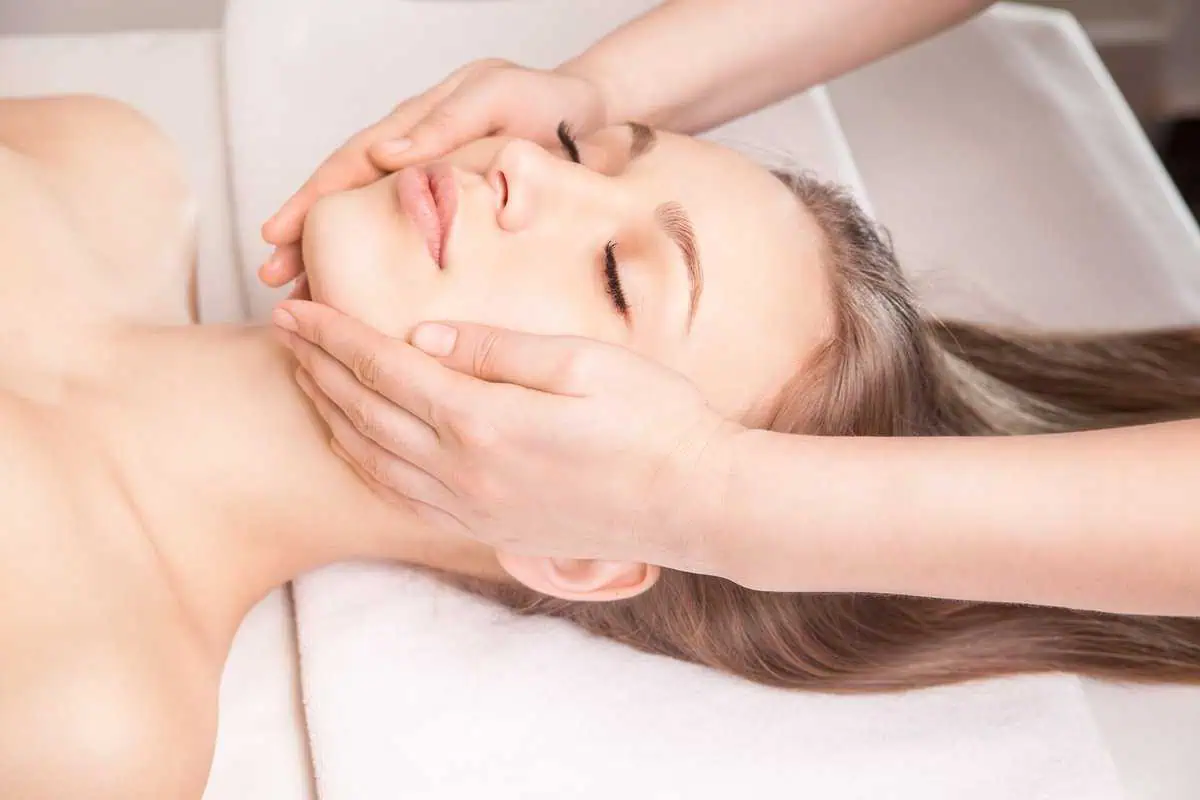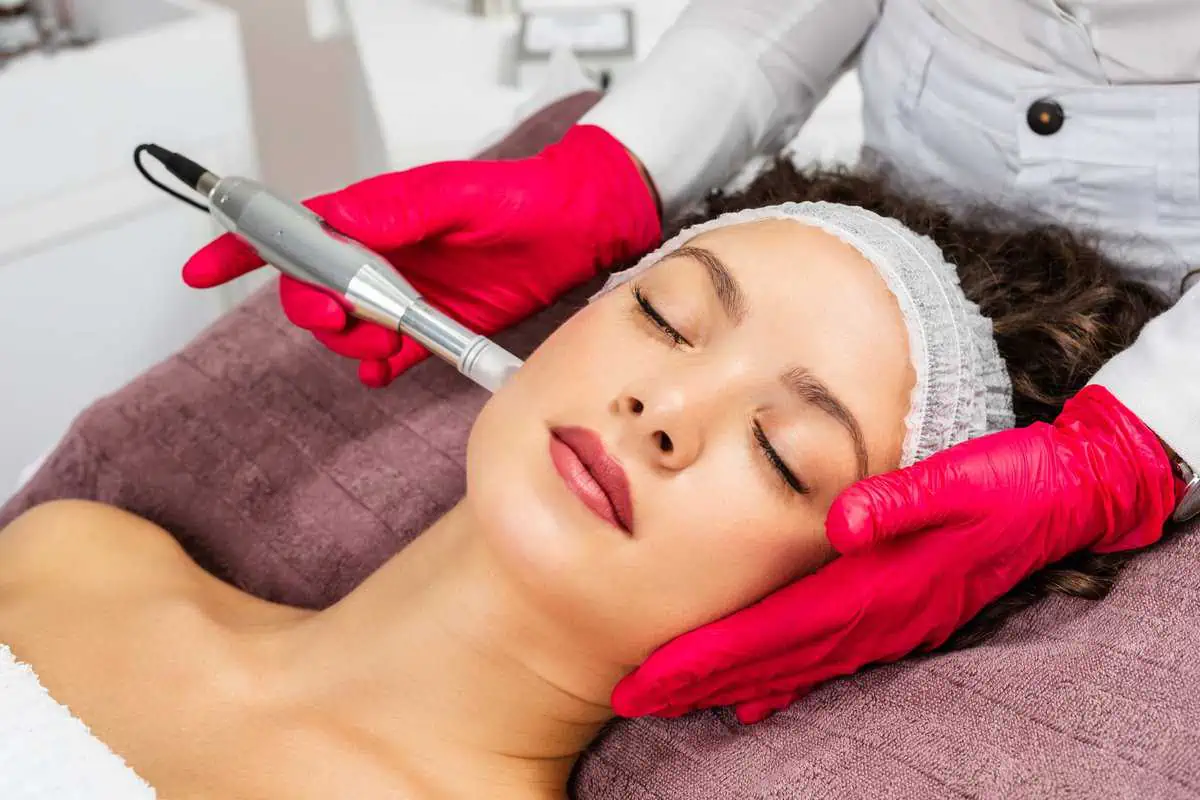When it comes to lip care, a common question concerns how long it takes for lip treatments to show results. This response, however, varies and is contingent on the specific type of treatment and the unique lip concerns at hand. Let’s explore various lip treatments and their expected timelines for results, helping you set realistic expectations for your lip care routine.
Types of Lip Treatments and Their Average Efficacy Timelines
Hydration and Moisturizing Treatments
Immediate to a Few Days: The most basic and essential form of lip care is hydration. Products like lip balms, hydrating serums, and oils provide immediate relief to dry, chapped lips.
You may feel an instant improvement in terms of moisture and comfort. For longer-lasting results and to maintain healthy, supple lips, consistent daily use is recommended, with noticeable improvements often seen within a few days.
Exfoliation
Immediate to One Week: Whether chemical (such as mild acids) or physical (such as sugar scrubs), lip exfoliation treatments function by eliminating dead skin cells. This can result in an immediate feeling of smoothness.
However, for the full benefits, such as improved texture and even tone, regular use over a week is advisable. Remember, over-exfoliation can damage the delicate skin of the lips, so moderation is key.
Lip Plumpers
Immediate but Temporary: Lip plumpers are famous for their ability to give a fuller look to the lips. These usually contain ingredients like hyaluronic acid, caffeine, or menthol, which cause a temporary swelling effect.
The results are almost immediate but last only a few hours. For sustained fullness, reapplication throughout the day is necessary.
Anti-Aging Lip Treatments
Several Weeks to Months: Anti-aging lip treatments target issues like fine lines, loss of volume, and elasticity. These products, often enriched with ingredients like collagen, peptides, and retinol, require time to work. Visible results, such as reduced lines and a more defined lip contour, can typically be seen after several weeks of consistent use.
Medical and Therapeutic Treatments
Varies Significantly: For lip treatments that are medical, such as fillers or prescription creams for conditions like eczema or cold sores, the timeline varies widely. Fillers provide almost immediate results, whereas medical creams and treatments for lip conditions may take from a few days to a few weeks to show noticeable improvement.
Lip Lightening Treatments
Several Weeks to Months: For those dealing with hyperpigmentation or dark spots on the lips, lightening treatments require patience. These treatments work by gradually reducing pigmentation, and significant results can take several weeks to months. It’s essential to use these products consistently and to follow the manufacturer’s or a dermatologist’s instructions.
Understanding the Role of Ingredients in Lip Treatment Effectiveness
The role of various ingredients in lip treatment can be classified based on their distinct activities and benefits:
- Moisturizers: Ingredients like hyaluronic acid, glycerin, and lanolin attract and retain moisture to keep the lips hydrated.
- Emollients: Oils and butter, such as shea butter, cocoa butter, and jojoba oil, soften and smooth the lips by filling in cracks and preventing moisture loss.
- Occlusives: Beeswax, petroleum jelly, and silicones create a protective barrier on the lip surface, sealing in moisture and protecting it from external elements.
- Healing Agents: Vitamin E, allantoin, and panthenol help repair and regenerate lip skin cells, accelerating the healing of chapped and cracked lips.
- Sun Protectors: Ingredients with SPF, like zinc oxide and titanium dioxide, shield the lips from harmful UV rays, preventing sunburn and long-term sun damage.
- Antioxidants: Components such as vitamin C and green tea extract fight free radicals, reducing oxidative stress and aging effects on the skin.
- Exfoliants: Mild acids (like alpha-hydroxy acids) or physical exfoliants (like sugar crystals) gently remove dead skin cells, improving texture and tone.
- Soothing Agents: Aloe vera, chamomile, and calendula have calming properties that soothe irritated or inflamed lips.
- Plumping Agents: Ingredients like peppermint and hyaluronic acid can provide a temporary plumping effect, making lips appear fuller.
- Flavorings and Colorants: These add sensory appeal, making the product more enjoyable to use, though they don’t typically contribute to treatment efficacy.
- Preservatives and Stabilizers: These ensure the product remains safe and effective during its shelf life.
Each of these ingredients, which addresses particular requirements and concerns regarding the health and beauty of the lips, is essential to the overall efficacy of lip treatments.
Factors Influencing Treatment Effectiveness
Various factors influence the effectiveness of lip treatments, each playing a significant role in how well a product performs. Understanding these factors can help select the proper treatment and set realistic expectations for results. Here are some key factors to consider:
- Skin Type and Condition: Just like the rest of the skin, the lips can vary in type (e.g., dry, oily, sensitive). Some people may have naturally more dehydrated lips or conditions like eczema that affect lip health. The treatment’s effectiveness can vary depending on these individual characteristics.
- Age: As we age, our skin, including the skin on our lips, changes. It may become thinner, less elastic, and more prone to dryness. Treatments that work well for younger individuals might be less effective for older adults, and vice versa.
- Environmental Factors: Climate and weather conditions such as cold, wind, and sun exposure can significantly impact the lips. Products that work in humid climates might be less effective in dry, cold environments.
- Lifestyle Habits: Certain habits, such as smoking, high caffeine intake, and not drinking enough water, can lead to dehydration and affect lip health. Lip treatments might be less effective if these contributing factors are not addressed.
- Frequency and Consistency of Use: The regularity with which a lip treatment is applied also influences its effectiveness. Inconsistent use can lead to less favorable results.
- Underlying Health Conditions: Some health conditions, like vitamin deficiencies or hormonal imbalances, can affect the condition of the lips. In such cases, treating the underlying issue might be necessary for the lip treatment to be effective.
- Product Ingredients and Quality: The composition of the lip treatment plays a crucial role. Ingredients like hyaluronic acid, ceramides, and natural oils are known for their beneficial properties. However, products with certain chemicals or allergens might not be suitable for everyone.
- Allergies and Sensitivities: Individual allergies or sensitivities to certain ingredients can impact the effectiveness of a treatment and may even cause adverse reactions.
By taking these factors into account, you can decide the most suitable lip treatment for your needs and understand how different aspects of your lifestyle and environment can affect the results.
The Bottom Line
Lip treatments provide immediate relief and long-lasting results, but understanding their nature and setting realistic expectations is crucial for healthy, beautiful lips. At Luminous Skin Studio, our premium Lip Treatment lip Balm expertly transforms dry lips into a lush, hydrated state with every application. Contact us to unleash the magic of Lip Treatmentlip Balm – where every application is a step towards irresistibly plush, perfectly hydrated lips!






